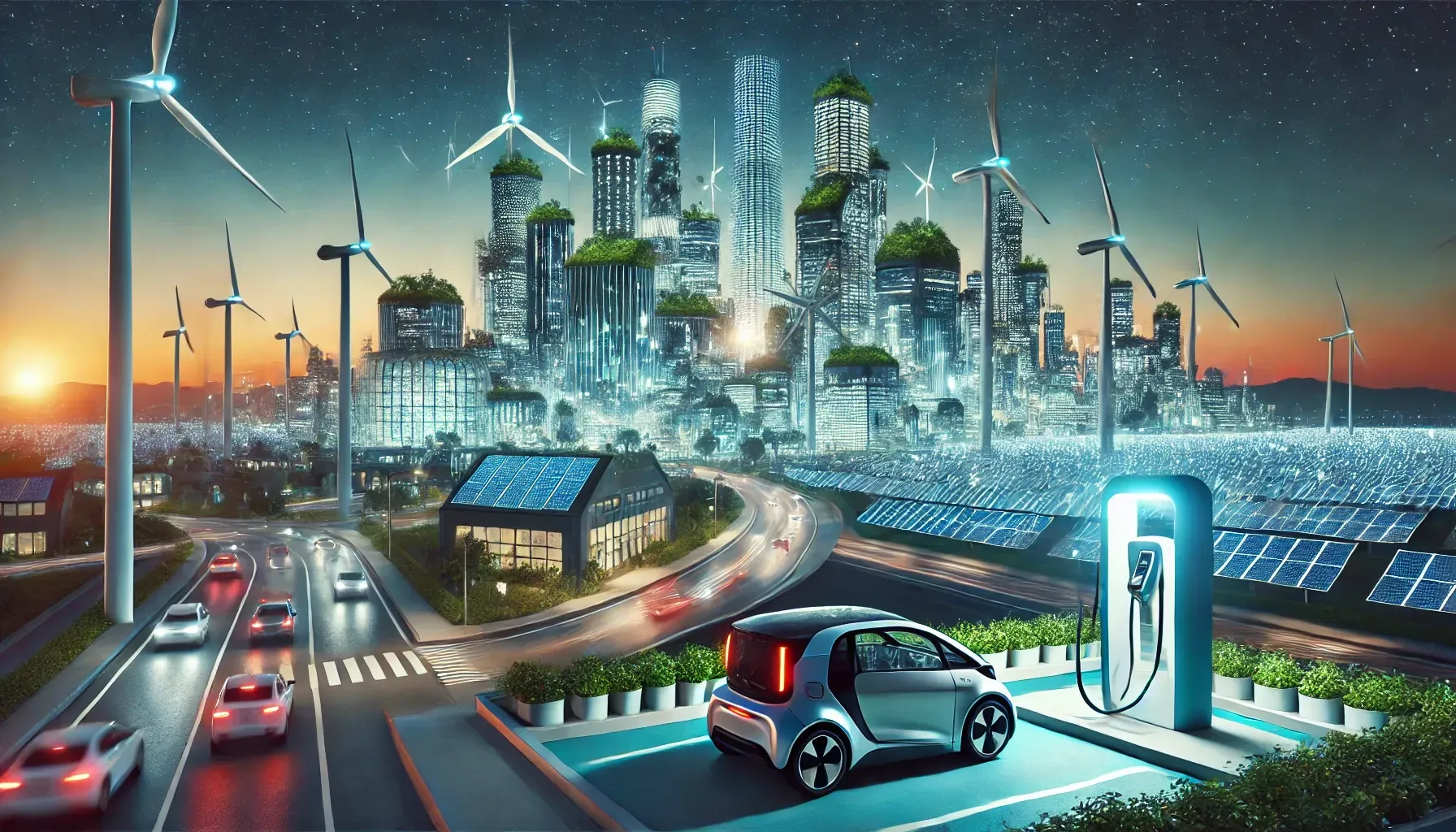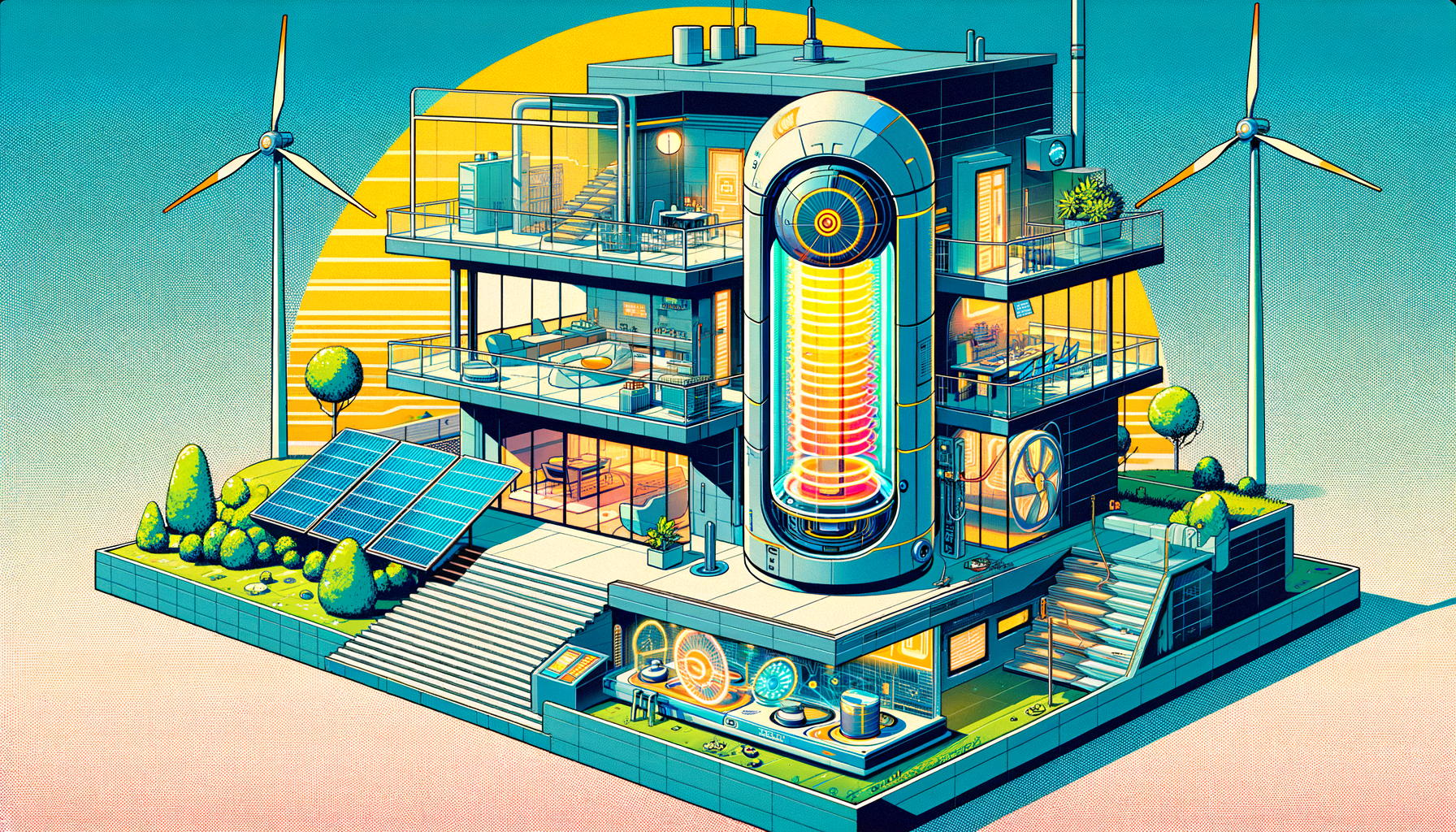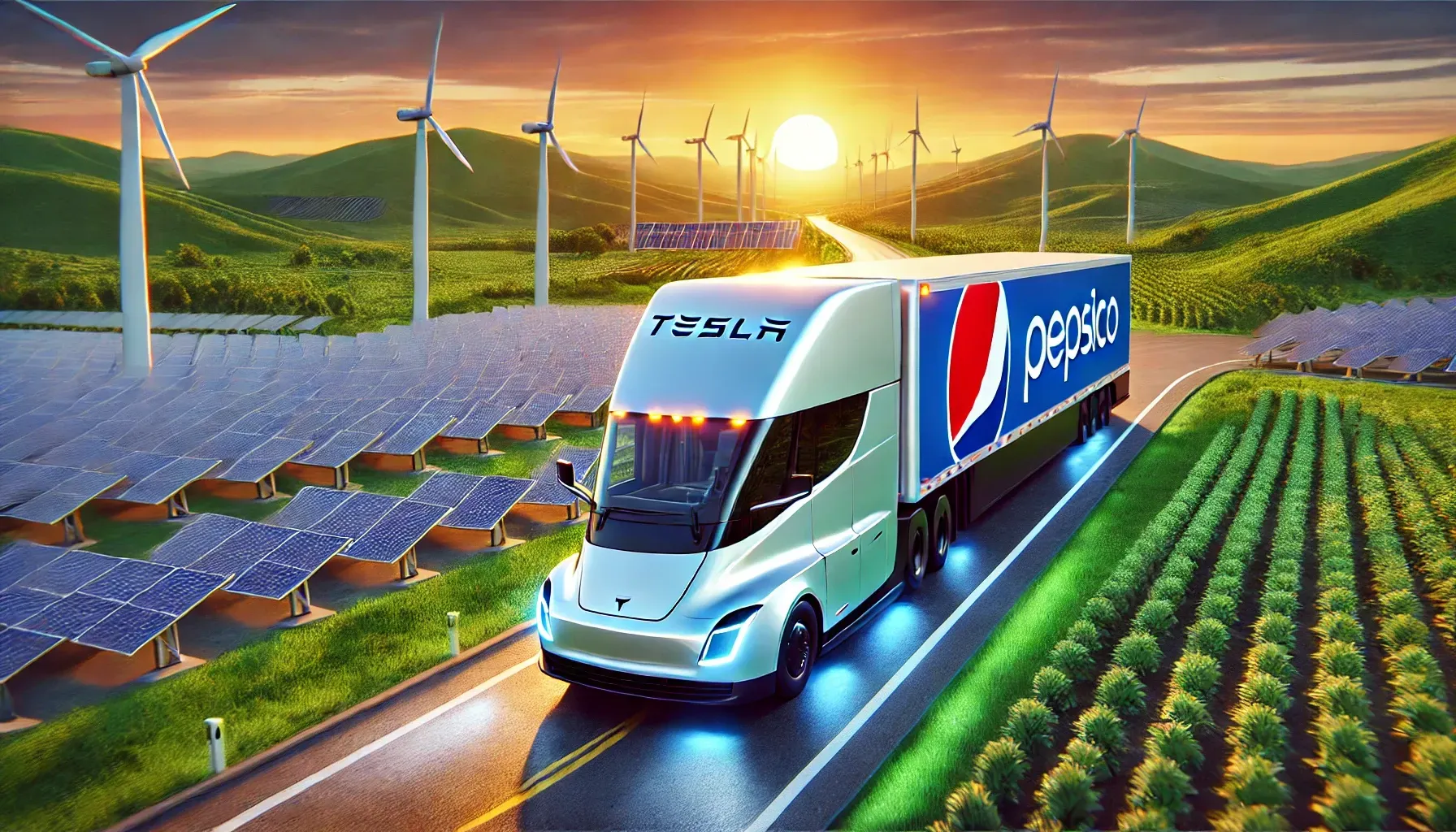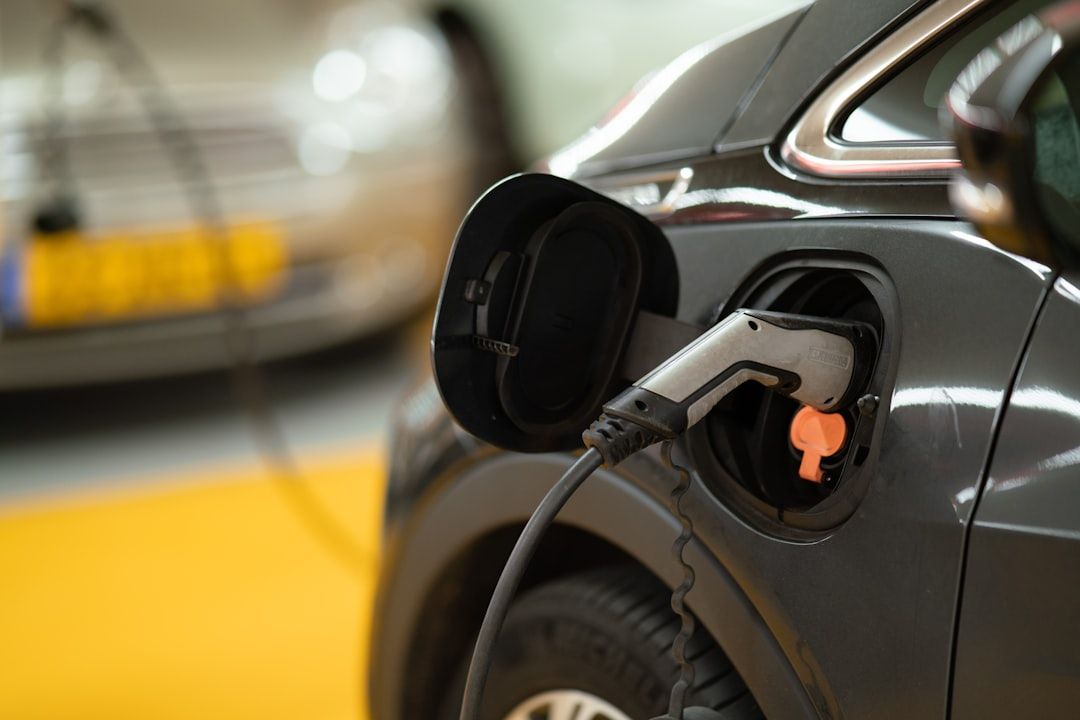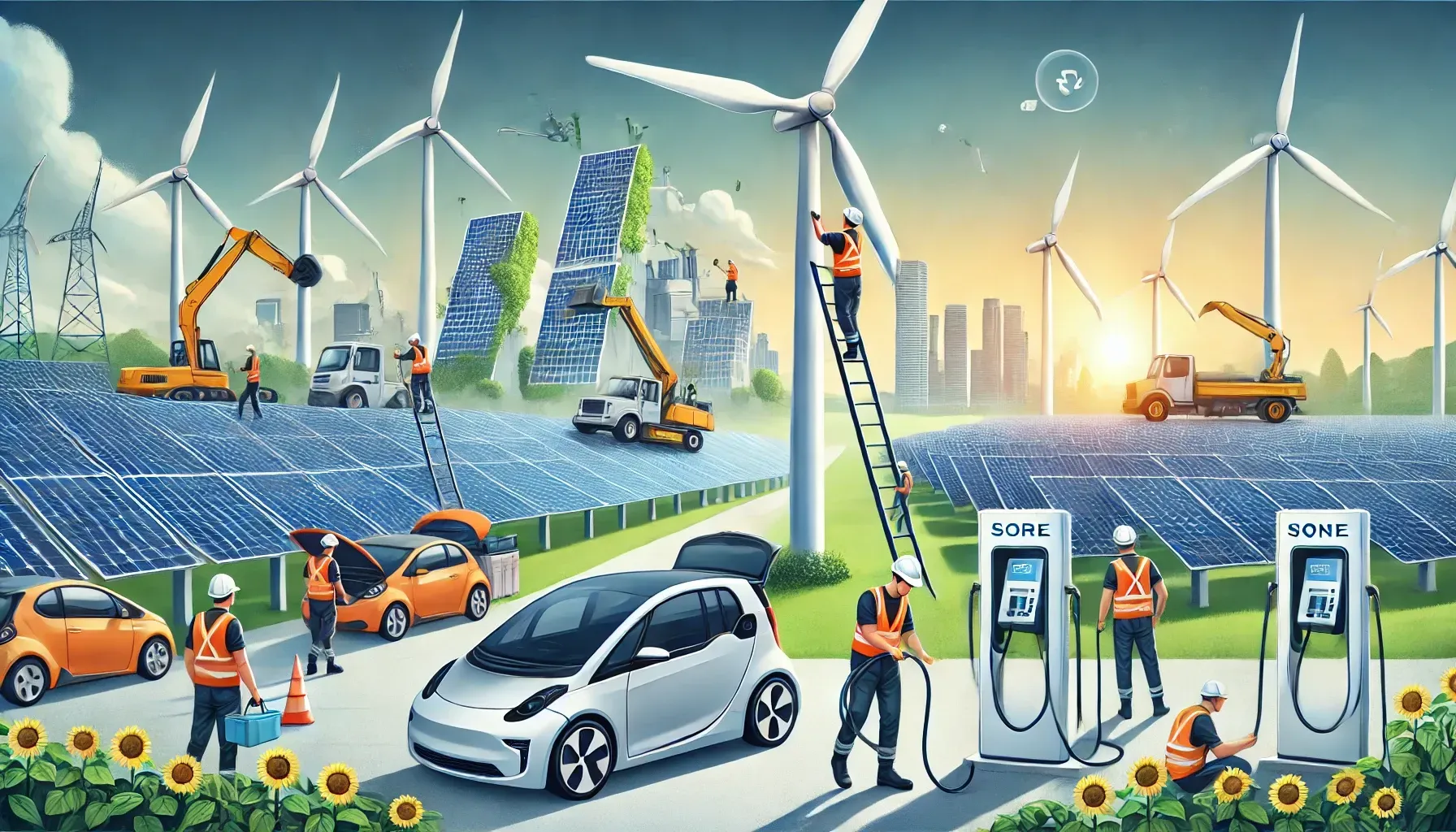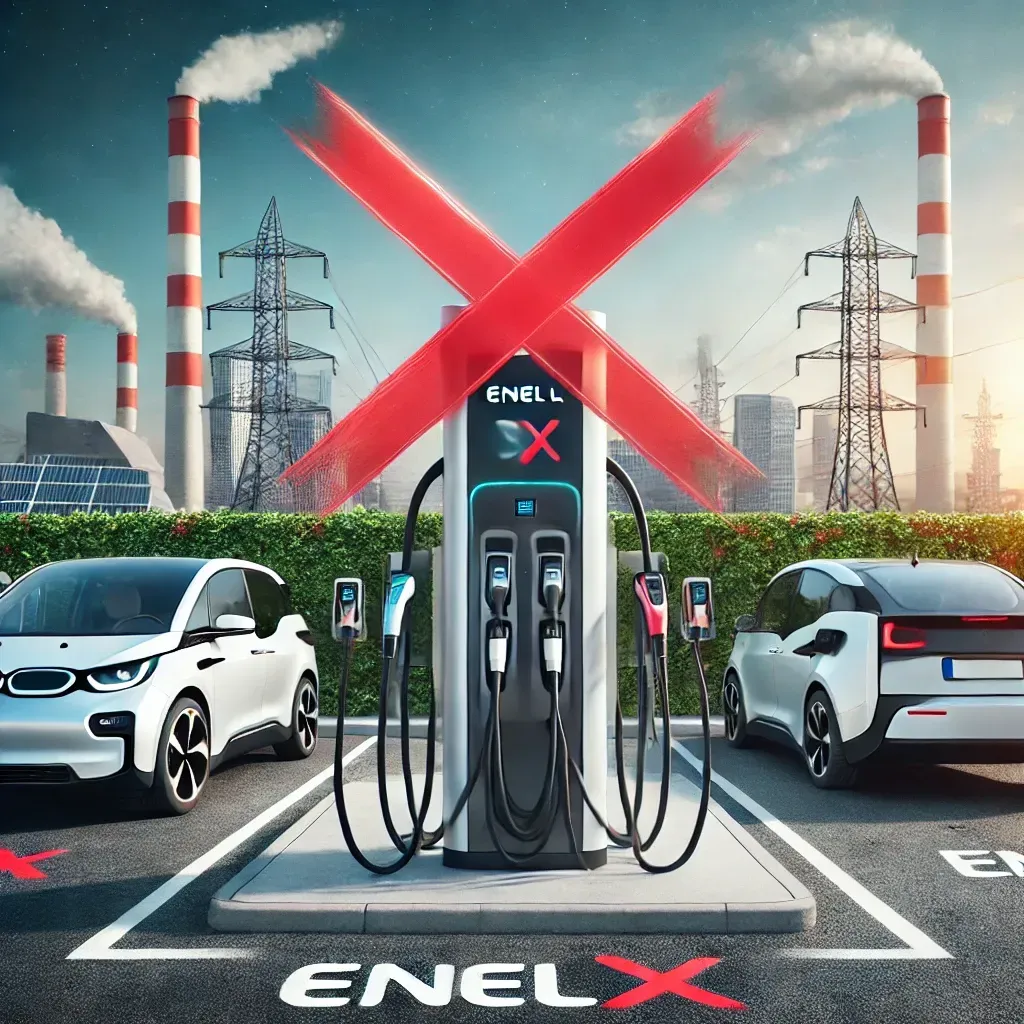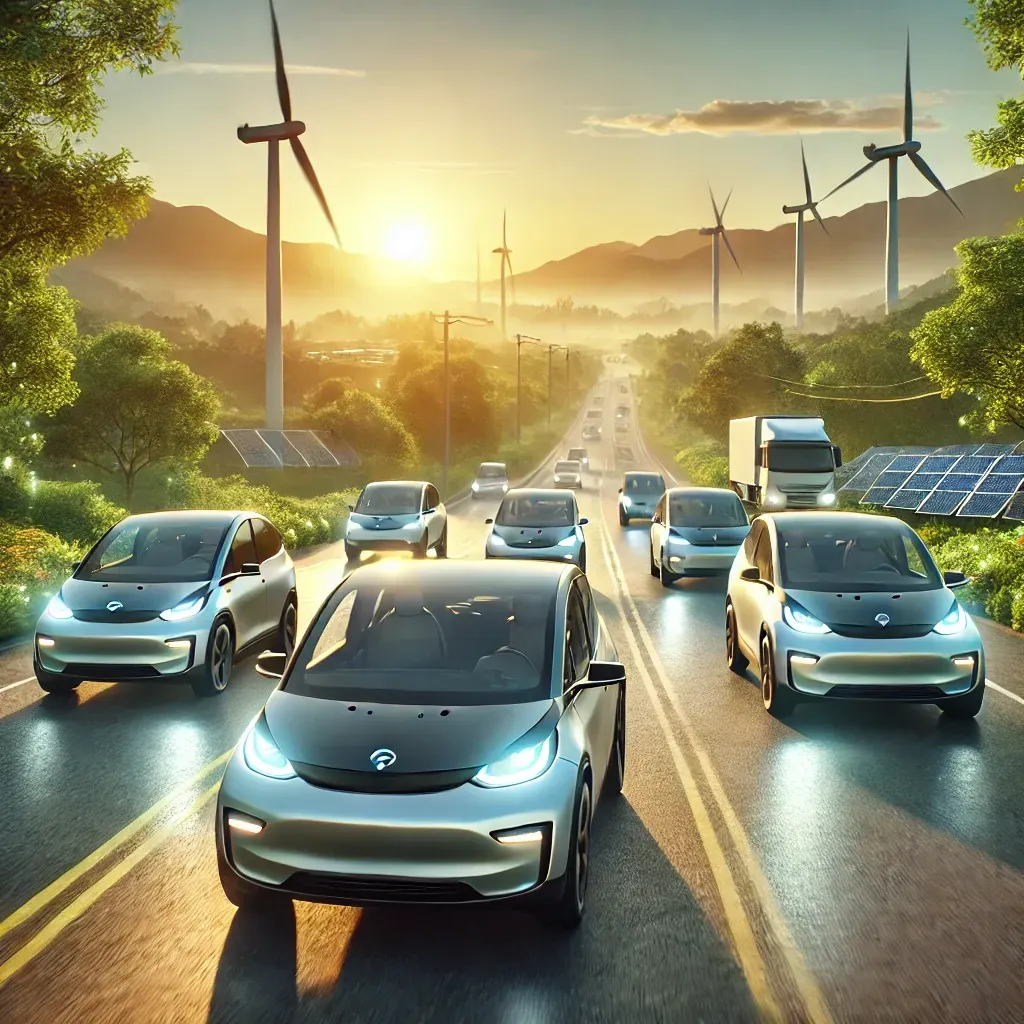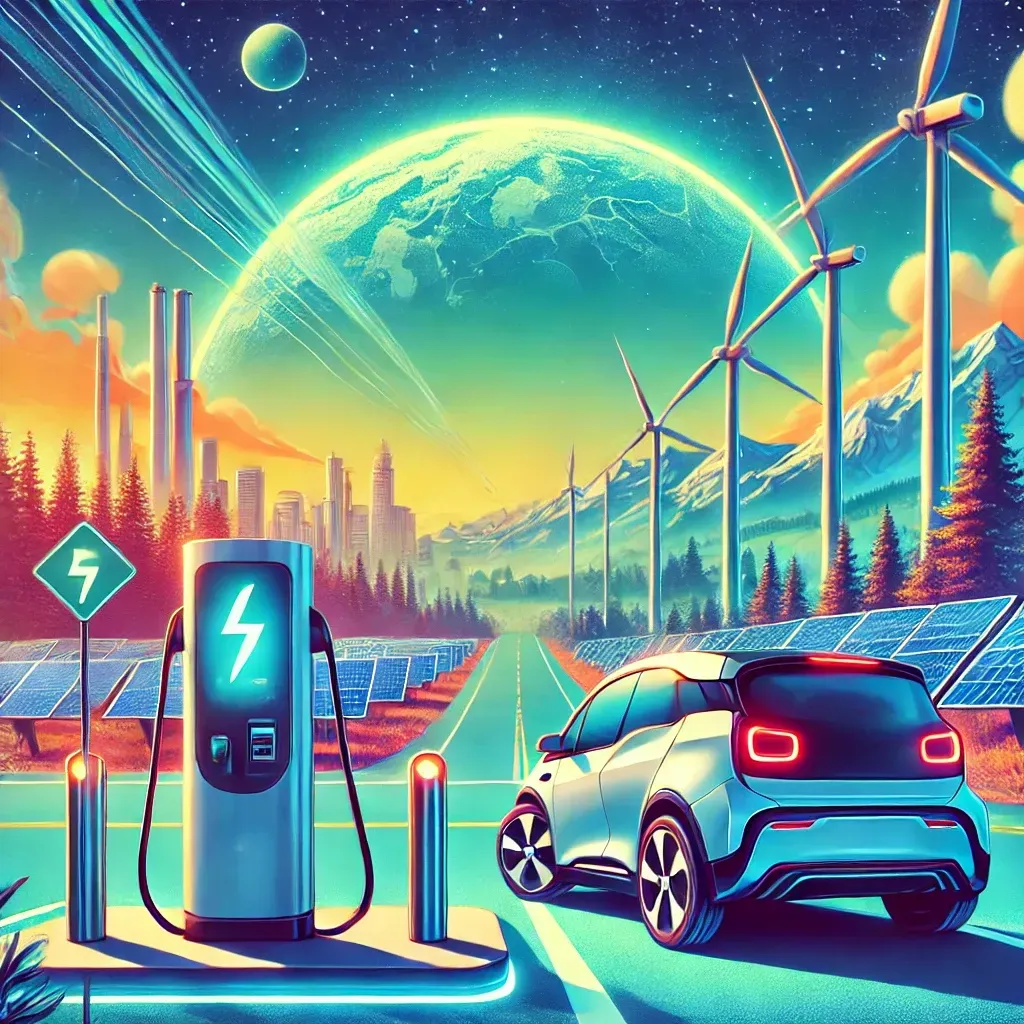JuiceBox EV Chargers: What the Loss of Connectivity Means for Users and Alternatives
JuiceBox EV chargers will soon lose all connectivity features, impacting user functionality and support.
Understanding the Impending Loss of Connectivity in JuiceBox EV Chargers
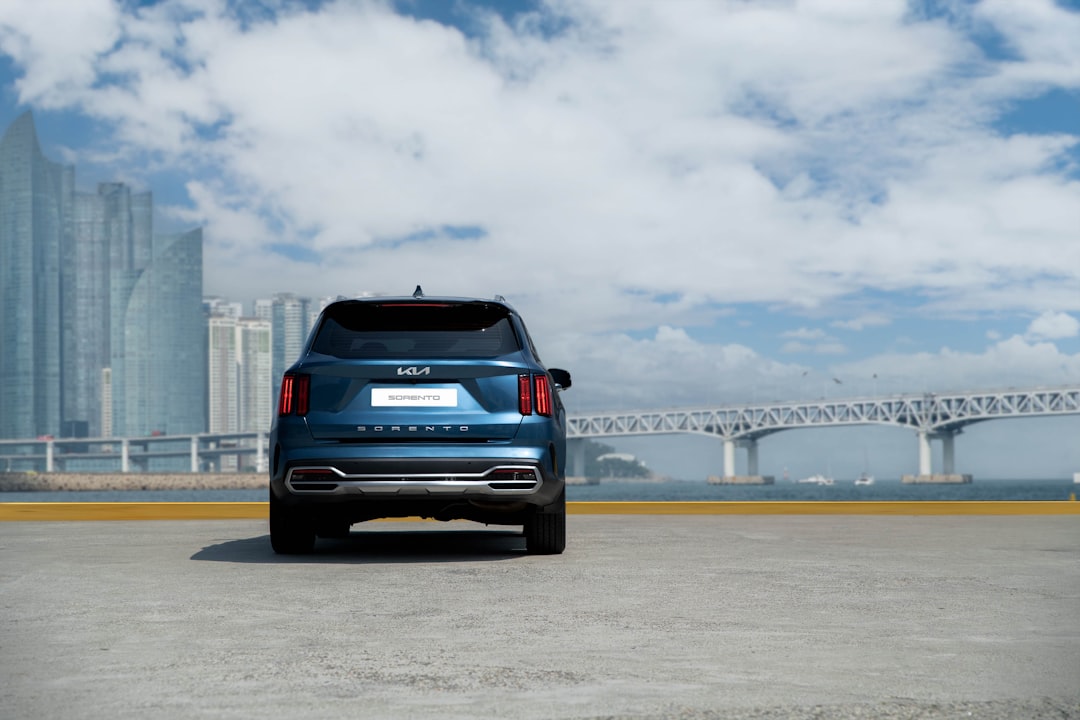 Overview of JuiceBox EV Chargers
Overview of JuiceBox EV Chargers
JuiceBox EV chargers, manufactured by Enel X Way North America, are known for their smart features that make electric vehicle charging more efficient and user-friendly. These chargers provide app connectivity , allowing users to schedule charging, track energy usage, and even participate in utility programs that offer potential financial benefits. With models offering various power outputs, JuiceBox chargers cater to a range of charging needs , making them suitable for both home and commercial use. They have been well-regarded for their integration into utility programs, providing users with additional savings and incentives.
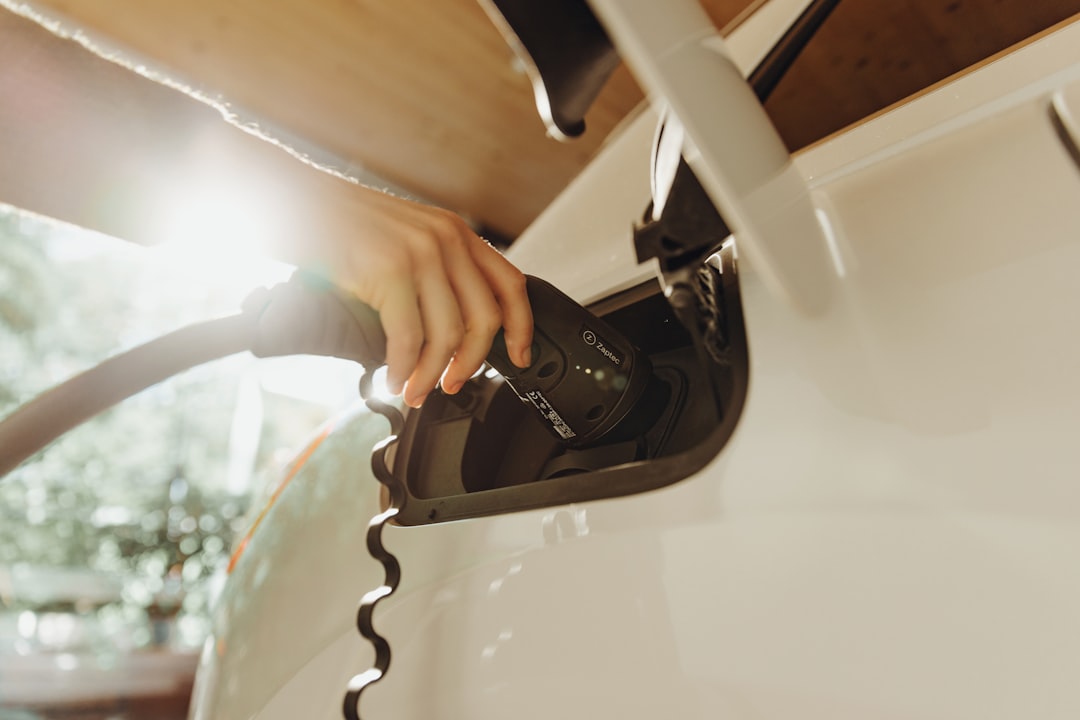 Loss of Connectivity Features
Loss of Connectivity Features
The impending shutdown of Enel X Way North America's JuiceBox EV charging business in the US and Canada marks a significant change for users. By October 11, 2024, all customer support and software updates will cease, and the Enel X Way app will be removed from the App Store, stripping users of remote management capabilities. This shutdown will affect both residential and commercial users, as they will lose access to critical features like real-time charging status updates and energy consumption monitoring. The loss of connectivity severely impacts the functionality of commercial charging stations that rely on external software.
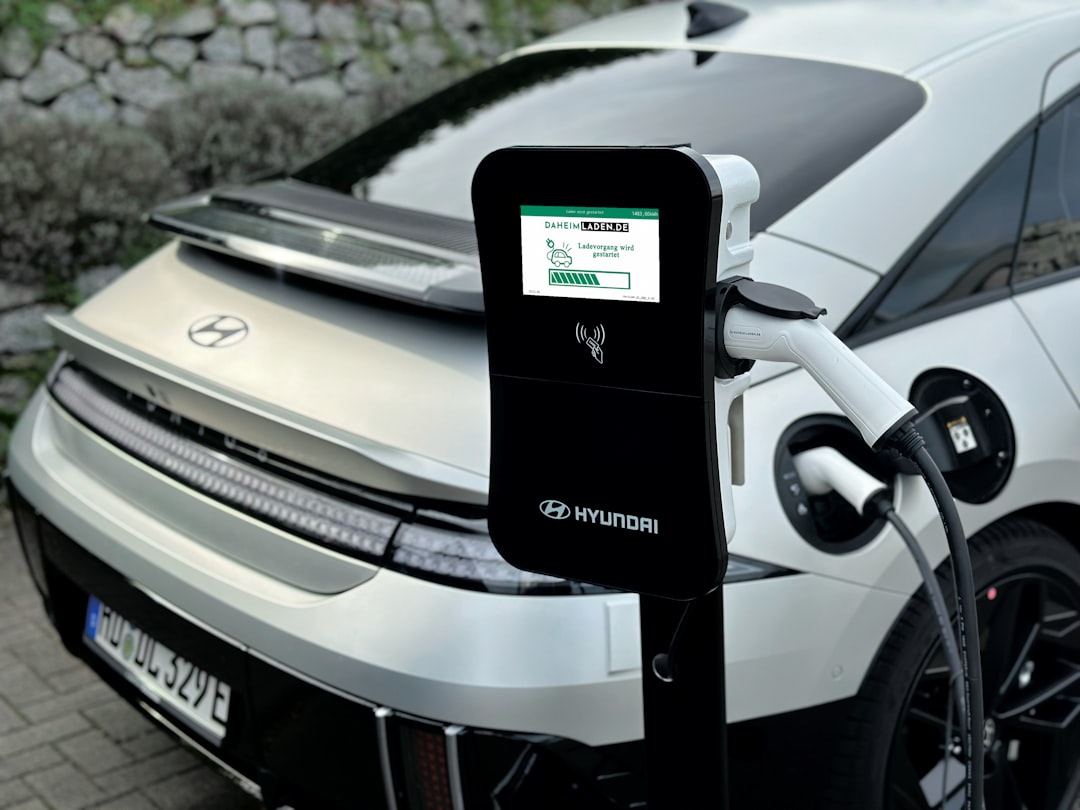 Impact on Users
Impact on Users
 Consequences of Losing Features
Consequences of Losing Features
The impending loss of connectivity features in JuiceBox EV chargers poses significant challenges for users, who have come to rely on the convenience and safety provided by the app. For instance, one key feature that will no longer be available is charge scheduling, which is particularly useful for users managing electricity costs by charging during off-peak hours. The inability to remotely adjust settings, such as the maximum charging output, raises safety concerns, especially in scenarios where power needs to be managed carefully to prevent overloading circuits in shared living environments. This connectivity shutdown also affects participation in utility programs that offer financial incentives for smart charging behaviors, which were facilitated through the app's capabilities.
Moreover, the impact extends beyond individual users to commercial charging stations, which will experience functional limitations due to their reliance on the now-disabled external software. This will likely lead to increased downtime, as these stations will lose the ability to efficiently troubleshoot and resolve issues through remote diagnostics, frustrating both operators and customers. The absence of remote diagnostics means that any technical issues may take longer to diagnose and repair, thereby reducing the overall reliability of the chargers. As a result, both residential and commercial users may need to reconsider their charging strategies and explore alternative solutions to mitigate these disruptions.
Alternatives and Solutions
Options for Affected Users
As JuiceBox EV charger users face the impending loss of connectivity features, exploring alternative solutions becomes essential. One promising option is the Emporia Level 2 Smart EV Charger, which retains smart scheduling and mobile app controls that many users find indispensable for managing their charging routines. This charger provides a seamless transition for those who rely on scheduling to optimize energy use and reduce costs. On the other hand, Tesla chargers are highly recommended due to their strong reputation for reliability and comprehensive feature set, which ensures a robust charging experience without the need to depend on external applications.
In addition to these options, OpenEVSE and Wallbox chargers present themselves as flexible alternatives that emphasize local control, thereby reducing reliance on cloud-based systems. These chargers are particularly appealing for users who prefer to have direct oversight of their charging settings without the need for internet connectivity. Furthermore, with the emergence of community forums and user groups, JuiceBox users now have platforms to share their experiences and gather insights on successfully transitioning to other charging systems. These online communities are proving invaluable, offering support and solutions for those navigating the change.
User Reactions and Feedback
Community and Consumer Sentiment
The reaction from the JuiceBox user community has been notably mixed, with a significant number of users voicing frustration over the loss of app features that were essential for managing power usage efficiently in shared living spaces. For instance, Michael Bower, a user who relied on the app's adjustable amperage settings, has expressed disappointment at losing this critical functionality. Such features enabled users to tailor their charging experience according to their needs, ensuring optimal energy management. The sudden absence of these capabilities has left many scrambling for alternative solutions that can maintain the convenience they once enjoyed.
In contrast, there is a segment of the consumer base that perceives these advanced features as superfluous, preferring the simplicity of basic plug-and-charge capabilities. This sentiment is echoed by users who compare the complexity of modern charging systems to outdated technology, such as VCR clocks, which often included more features than necessary. As a result, there is a shift towards simpler, user-friendly chargers that do not require constant connectivity or monitoring. This feedback highlights an emerging trend among consumers who are prioritizing sustainable and independent charging solutions that eschew heavy reliance on cloud connectivity, favoring devices that promise long-term reliability and ease of use.
Future of EV Charging Technology
Trends and Considerations
The impending shutdown of JuiceBox EV chargers highlights the inherent risks associated with charging solutions that are excessively dependent on cloud-based connectivity. As consumers become increasingly aware of these vulnerabilities, there is a growing preference for simpler, non-connected charging options that promise greater reliability and ease of use. For instance, many users are opting for basic plug-and-charge systems that eliminate the complexities of app dependencies, thereby simplifying the overall charging experience. This trend is further supported by Enel Group's decision to strategically focus on regions where electricity retail operations already exist, indicating a significant shift in priorities within the EV market.
Looking forward, the future of EV charging technology is poised to pivot towards enhancing local control features, thereby minimizing reliance on internet connectivity. This evolution is expected to foster heightened competition among manufacturers, as they strive to innovate and deliver user-friendly, non-cloud-based charging solutions that cater to consumer demands. Companies may begin to explore technologies that allow for offline functionality while maintaining efficient energy management, thus addressing consumer concerns about sustainability and long-term support. The focus on practical and adaptable solutions is anticipated to drive the next wave of advancements in the EV charging sector, ultimately reshaping the landscape with products that prioritize both functionality and user independence.
Economic and Market Factors
Influences on Decision-Making
Economic considerations have played a pivotal role in Enel Group's resolution to cease JuiceBox operations in North America, marking a significant shift in their strategic focus. Faced with the dual challenges of high interest rates and unfulfilled EV sales growth projections, the financial burden of expanding and maintaining charging infrastructure has become untenable. This decision underscores a strategic pivot toward regions where Enel Group already possesses established electricity retail operations, allowing them to streamline efforts and resources more effectively.
Additionally, the economic landscape has led manufacturers to reassess the practicality of sustaining connectivity features that may not be financially viable in the current market climate. This has spurred a shift toward prioritizing cost-effective and utilitarian solutions that align with evolving user demands. As a result, the EV charging sector is witnessing a transformation, with product designs increasingly emphasizing affordability, reliability, and straightforward functionality. A specific example is the burgeoning interest in chargers that offer basic plug-and-charge capabilities without reliance on complex connectivity, reflecting a broader consumer trend toward simplicity and self-reliance.
Made With 💚 Relevant Systems


